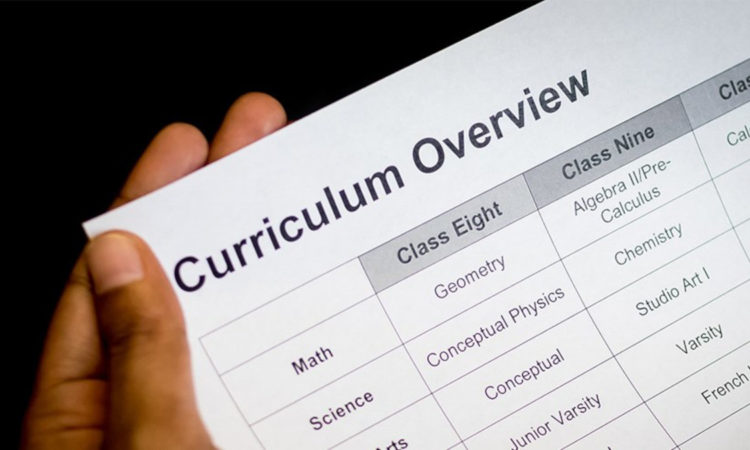The intended curriculum
The intended curriculum is an idea of what society believes young children should learn in order to contribute meaningfully to it.
The word intent is derived from the word intention which, according to the Oxford Dictionary (2010) means what you aim, intend or plan.
It is what someone plans to do with the aim of achieving something.
In the curriculum context, curriculum intent entails the aims of society, or what society intends or plans to achieve in human resource development through the curriculum.
Therefore, anything that Papua New Guinea plans or aims to do using the curriculum becomes the curriculum intent.
These curriculum intentions are usually described as curriculum goals.
Curriculum intent, a term not widely used in literature, yet commonly and constantly applied in practice strives to achieve curriculum intentions expressed as curriculum goals (Print, 1993).
It may be defined as the direction curriculum outlined in the curriculum for curriculum implementers to follow to achieve after participating in the curriculum.
In PNG, it means what the Government wants students to go through in school to produce an educated citizen.
Curriculum intent, therefore, incorporates various societal desires in the form of aims, goals and objectives found in curriculum documents which together provide directions that will hopefully be achieved by learners as they interact with the curriculum.
Moreover, it means to state that curriculum aims, goals and objectives provide guidance to teachers as implementers and curriculum developers (as well as to learners) to plan appropriate content, learning opportunities and evaluation strategies for students (Print 1993).
What happens after the national curriculum goals are identified?
Once the curriculum goals or curriculum intent is identified, the Education Department then plans out how to achieve these goals.
That is to develop the curriculum.
A simple analogy would be rugby league players in Australia earn a lot of money, and everyone in Australia knows that.
Parents in Australia wish their children could play rugby league; this wish then becomes the intent or goal for the parent and the children.
To achieve that, the parents do the following:
- Parents encourage their children to participate in the school games;
- Those children who play well in the school organized games are selected by their teachers and put them under some training;
- When parents are informed that their child is selected, the parents adjust their daily routines to have time for their children training;
- The parents then take their children for training after school and over weekends;
- The adjusting of the parents’ time is curriculum planning, and taking children for practice is curriculum implementation; and,
- If the child is selected to play in the National Rugby League that indicates that the parents and the child worked hard to achieve their goal.
- This means, after stating the curriculum goals, the curriculum is then developed and distributed throughout PNG for implementation.
Curriculum development
Curriculum development is a dynamic, complex, and tedious process; therefore curriculum developers over time used models to explain the complexities.
Marsh (1986) suggests that models deal with conceptualizations and procedures.
In other words, models aid understanding the systematic step-by-step processes in curriculum development.
Deschamp (1983) clarifies further that models are only concerned with highlighting the key elements and principles that provide the step-by-step procedures.
Models can provide a conceptual framework simplifying the complex curriculum principle or theory in a diagrammatic form, purposely to aid the curriculum developer or planner.
Print (1987:18) contributes that
…a model is a simplified representation of reality which is often depicted in a diagrammatic form.
A model proves to be handy for examining variables that constitute reality as well as their interrelationships.
They can be physical representations of reality (e.g: globe of the world) or more abstractly, models can be conceptual or verbal in nature (e.g: diagrammatic, graphic or telling a metaphor).
Curriculum writers also have different views to the selection and organization of the elements that constitute the curriculum development process; therefore, several models have emerged as a result.
Regardless of the various curriculum models, they all rest upon four basic fundamental questions.
The questions are as follows:
- What educational purpose should the school seek to attain? (objectives or outcomes);
- What educational experiences can be provided that are likely to attain these purposes? (selecting learning experiences);
- How can these educational experiences be effectively organized? (organizing learning experiences); and,
- How can we determine whether these purposes are being attained? (assessment or evaluation).
Question one refers to the curriculum intent or goals, question two involves planning and development while question three revolves around implementation.
Finally, curriculum evaluation is captured in question four.
The Education Department uses the six element cyclical model in a highly centralized curriculum development location.

